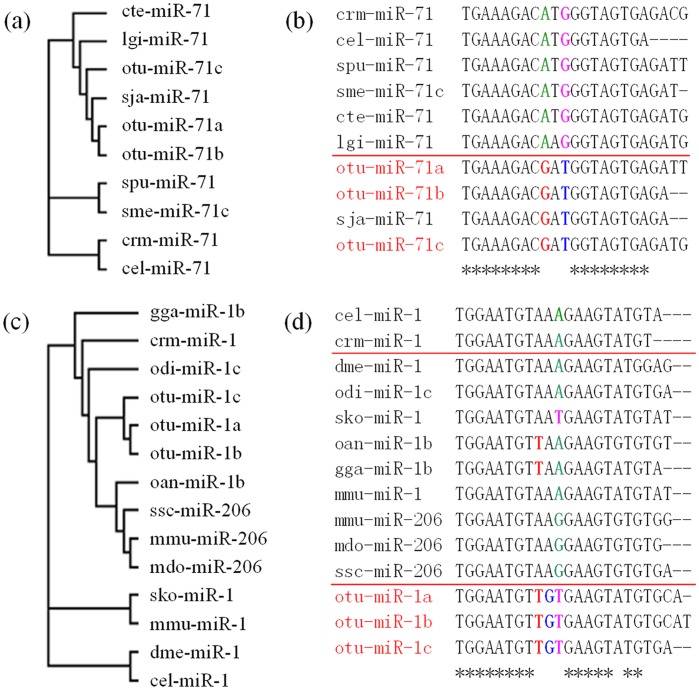Figure 4. Phylogenetic analyses of miR-1 and miR-71 families. Panels a and b.
: Phylogenetic analysis of the miR-1 family shows a similar evolution pattern in both platyhelminthes O. turkestanicum and Schistosoma japonicum. Panels c and d: Phylogenetic analysis of the miR-71 family shows distinct evolutionary differences between O. turkestanicum miRNA and those from other species. Full name and taxonomic classification: (a) cte: Capitella teleta; lgi: Lottia gigantea; otu: Orientobilhazia turkestanicum; sja: Schistosoma japonicum; spu: Strongylocentrotus purpuratus; sme: Schmidtea mediterranea; crm: Caenorhabditis remanei; cel: Caenorhabditis elegans; (b) up: nematodes and other invertebrates; down: variants of otu showed same mutation characteristics, but different with nematodes and other invertebrates above; (c) gga: Gallus gallus; crm: Caenorhabditis remanei; odi: Oikopleura dioica; oan: Ornithorhynchus anatinus; ssc: Sus scrofa; mmu: Mus musculus; mdo: Monodelphis domestica; sko: Saccoglossus kowalevskii; dme: Drosophila melanogaster; (d) up: nematodes; middle: Hemichordata, insect, bird, mammals; down: platyhelminthes. Star line (“*”): consensus sequence.

